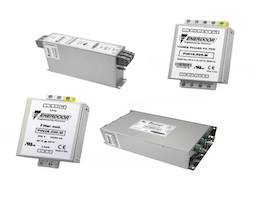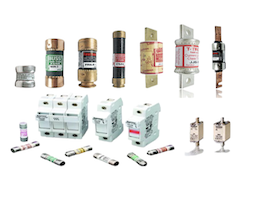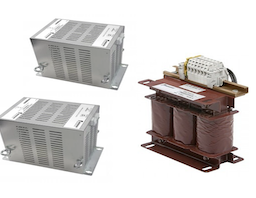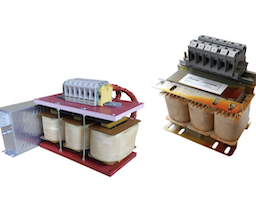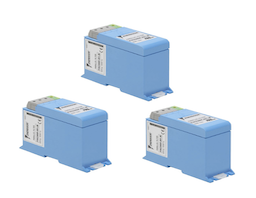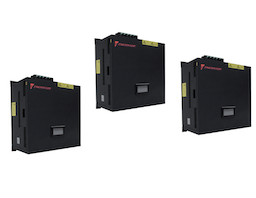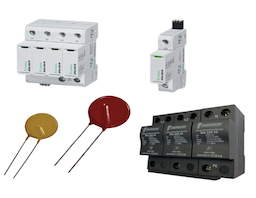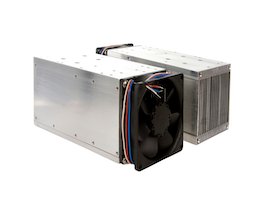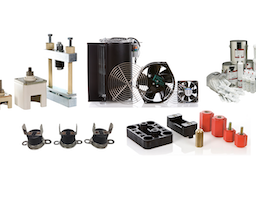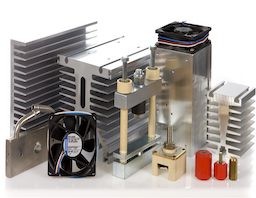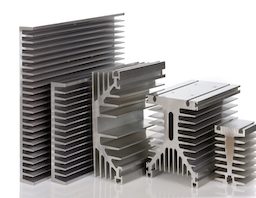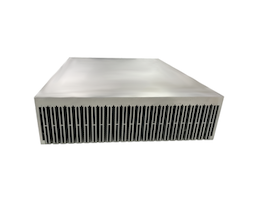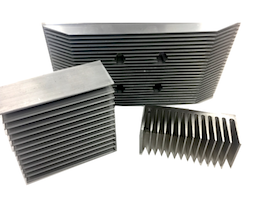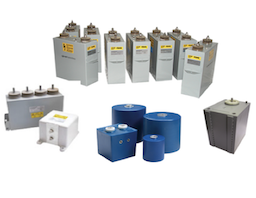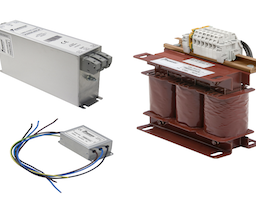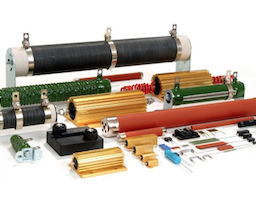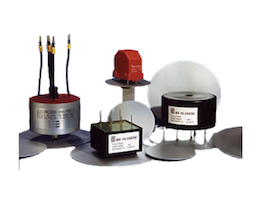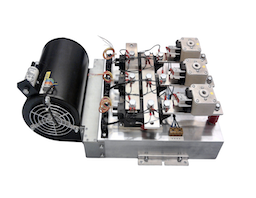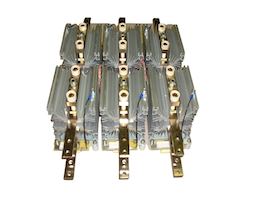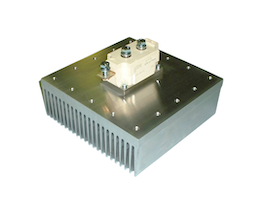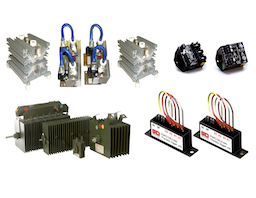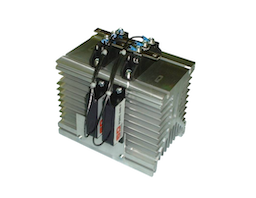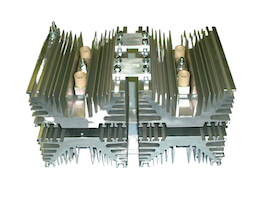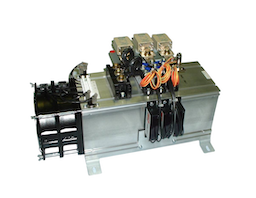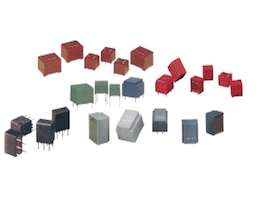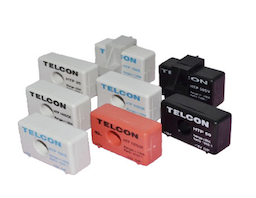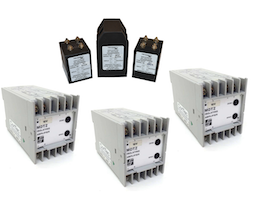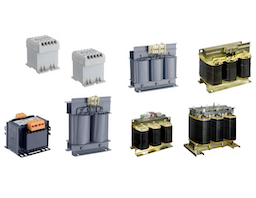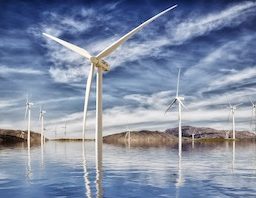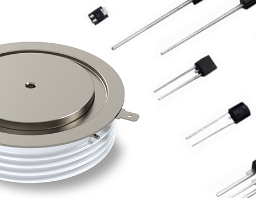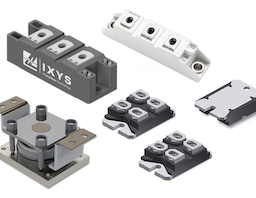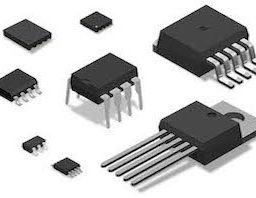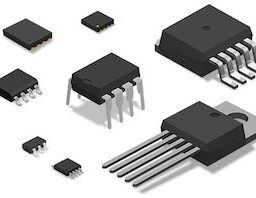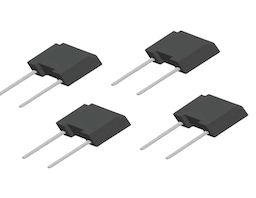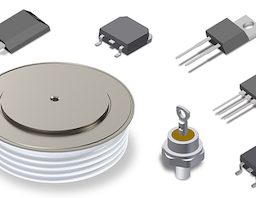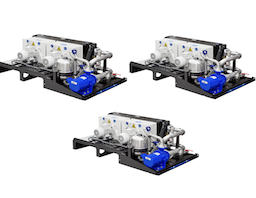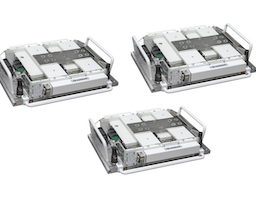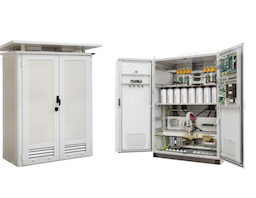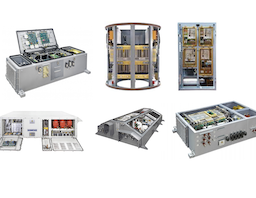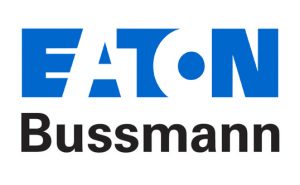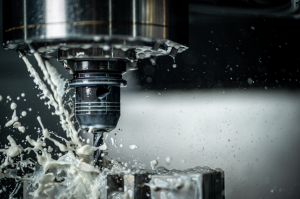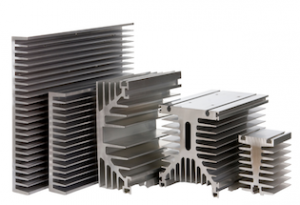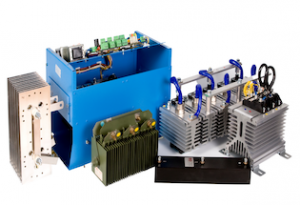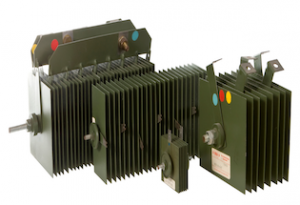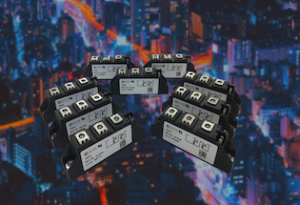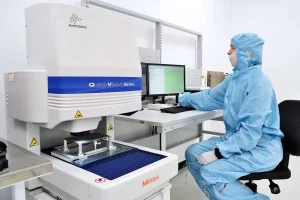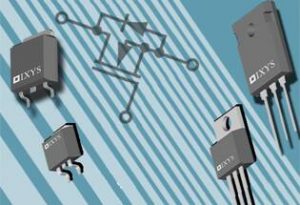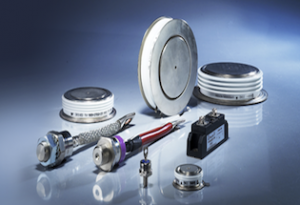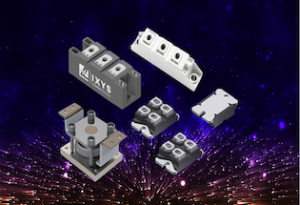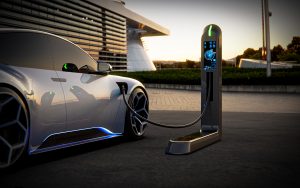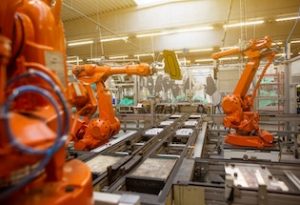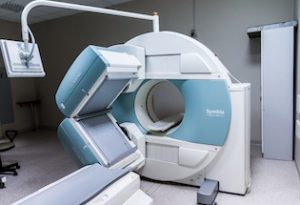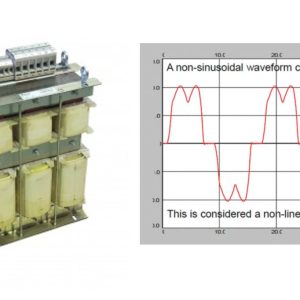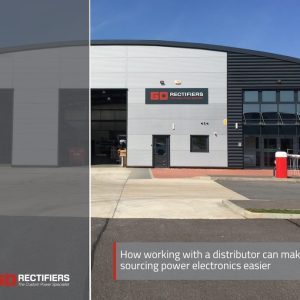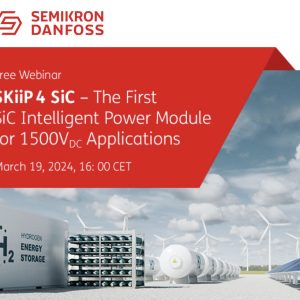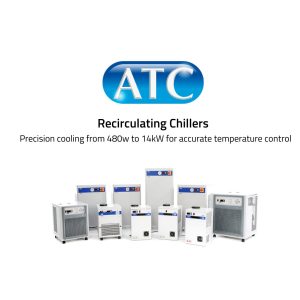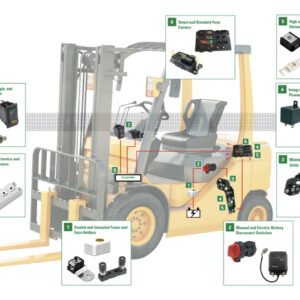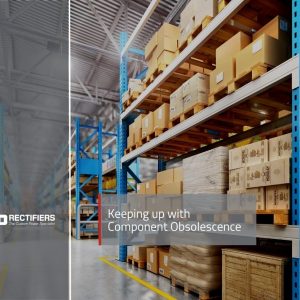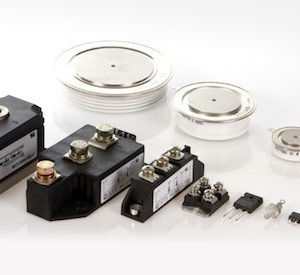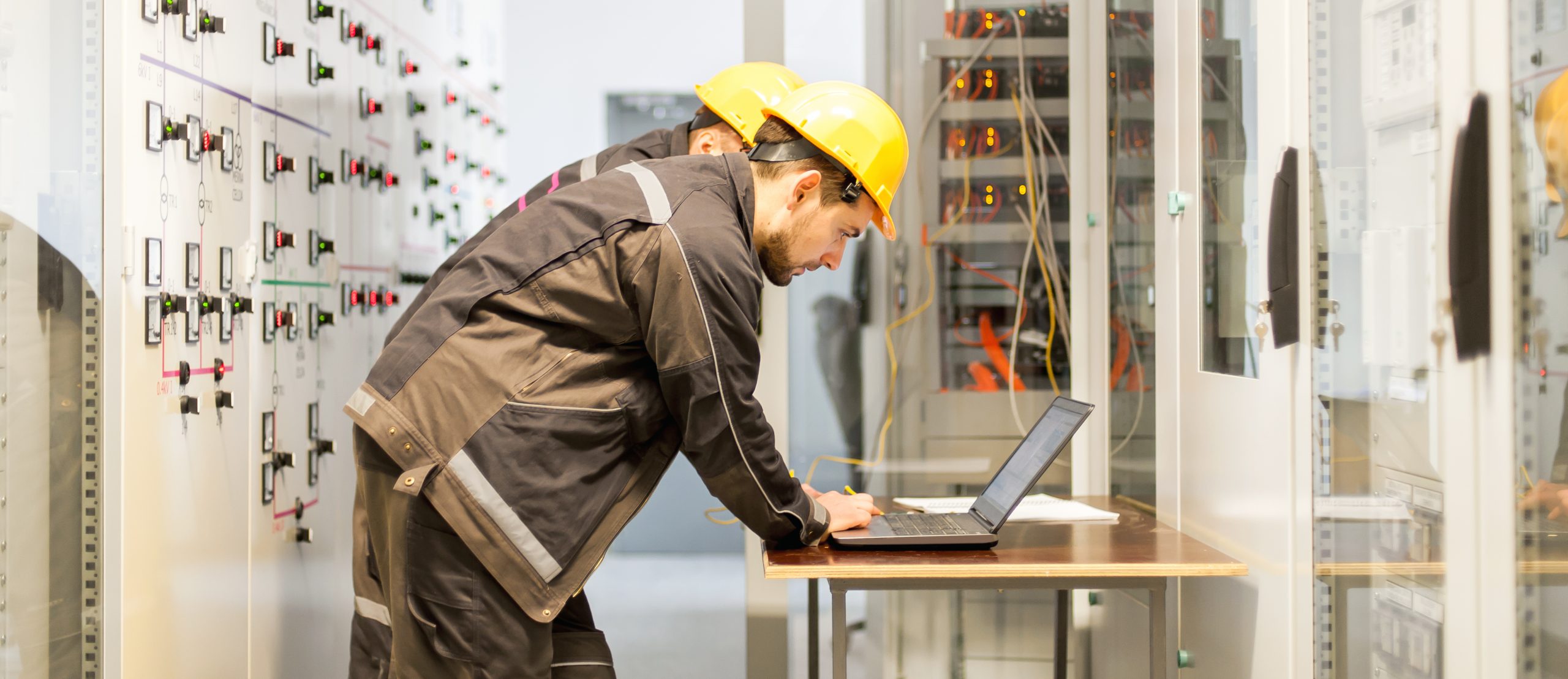16.11.2023
Getting to Know Recirculating Chillers
How to select the right recirculating chiller for your application
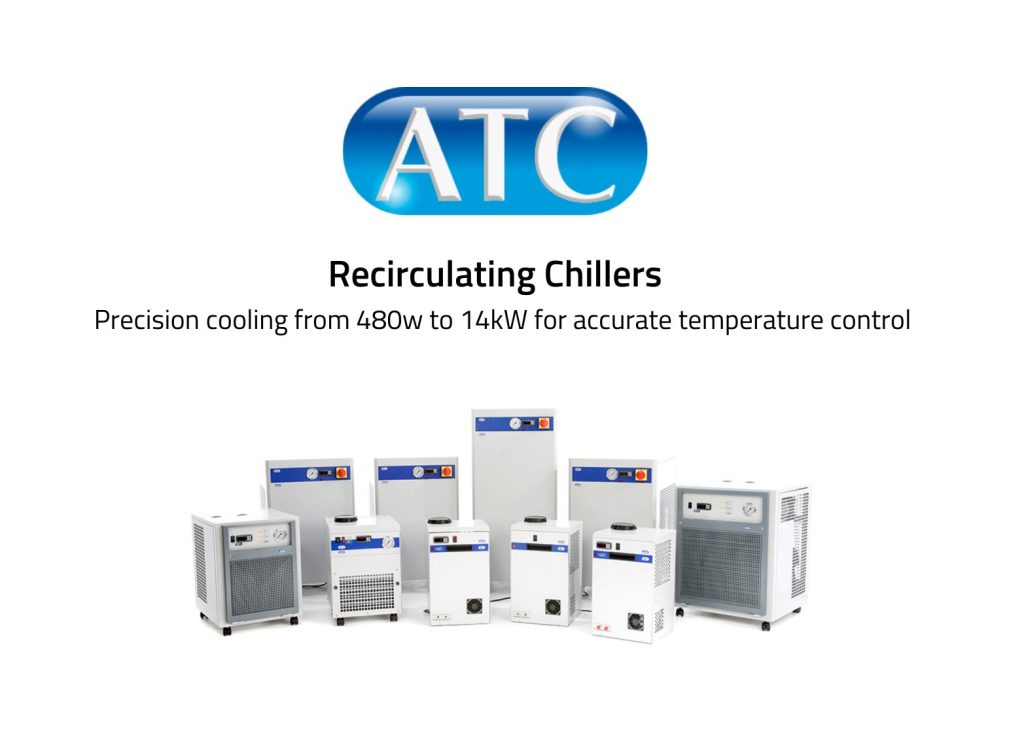
Recirculating chillers are also known as closed-loop chillers and are used to cool the microscope column and other components by circulating a heat transfer fluid through a closed loop to remove heat from the equipment.
Different types of recirculating chillers are available, including air-cooled and water-cooled systems. Fans are used to dissipate heat from the heat transfer fluid in air-cooled chillers, while water-cooled chillers use a heat exchanger to transfer the heat to a primary water circuit which is later cooled by another chiller, or cooling tower.
Finding the right chiller for your application depends on the specific requirements of the electron microscope and the laboratory environment.
Types of Recirculating Chillers
Air-cooled Chillers
Air-cooled chillers are a preferred choice for some engineers as they do not require separate water circuits or cooling towers, making them easier to install in laboratory spaces where water resources are limited
The Benefits
- Easier installation
- Low maintenance
- Reduced water usage
The air-cooled chillers compose of fewer components than water-cooled chillers, making them an easier and cost-effective chiller with low maintenance requirements. Air-cooled chillers do not require a continuous water supply, reducing environmental impact of laboratory operations.
Disadvantages
- Reduced cooling efficiency
- Higher ambient noise levels
- Dissipation of heat into the air
- Increased vibration/turbulence
- Increased energy consumption
Typically, air-cooled chillers have reduced cooling efficiency compared to water-cooled chillers, especially in hot and humid environments which can lead to reduced image quality. The air-cooled chillers generate noise due to the operation of their fans which can prove a problem for labs that require quiet conditions for optimal imaging. As air-cooled units dissipate heat into the surrounding environment using a fan, this can increase the temperature and air vibration/turbulence of labs and working spaces. These chillers may require more energy for operation than water-cooled chillers as they rely on fans to dissipate heat which can lead to increased energy consumption and costs over time.
Water-cooled Chillers
Water-cooled chillers circulate a heat transfer fluid through a closed loop, fluid is circulated through the chiller unit and into the electron microscope. The fluid absorbs heat from the microscope and other laboratory equipment before returning to the chiller unit for cooling. The coolant is cooled by a heat exchanger, which transfers heat into a primary water circuit.
The Benefits
- Higher cooling capacity
- More precise temperature control
- Higher cooling efficiency
- Lower ambient noise levels
The water-cooled chillers can handle higher hat loads from electron microscopes and other laboratory equipment and offer higher cooling efficiencies compared to air-cooled chillers. Water-cooled chillers generate less noise than air-cooled chillers, which can be important in laboratory spaces where low ambient noise levels are required. Water-cooled chillers can provide more precise temperature control over the heat transfer fluid compared to air-cooled chillers, ideal if the electron microscope requires a specific temperature for optimum operation.
Disadvantages
- Higher installation costs
- Water quality concerns
- Higher maintenance requirements
Water-cooled chillers often require additional plumbing and a cooling tower or various other means of heat dissipation, which can make them more expensive to install. Water-cooled chillers require continuous water to operate which can lead to water quality concerns and additional treatment and filtration requirements. Due to having more components than air-cooled chillers, water-cooled chillers can often require higher maintenance which can potentially increase costs over time.
Both chillers are a good choice and are suitable for different applications, it is important to carefully consider the specific requirements of the laboratory and the electron microscope or various other equipment, when selecting a cooling system. It is crucial to explore the benefits and disadvantages of each system against other available options.
GD Rectifiers is an official distributor for Applied Thermal Control and offers their range of closed loop water coolers/air blast coolers and water to water heat exchangers.
For further information on water-cooled chillers or closed loop water coolers, please click here or contact GD Rectifiers on 01444 243 452 / [email protected].
